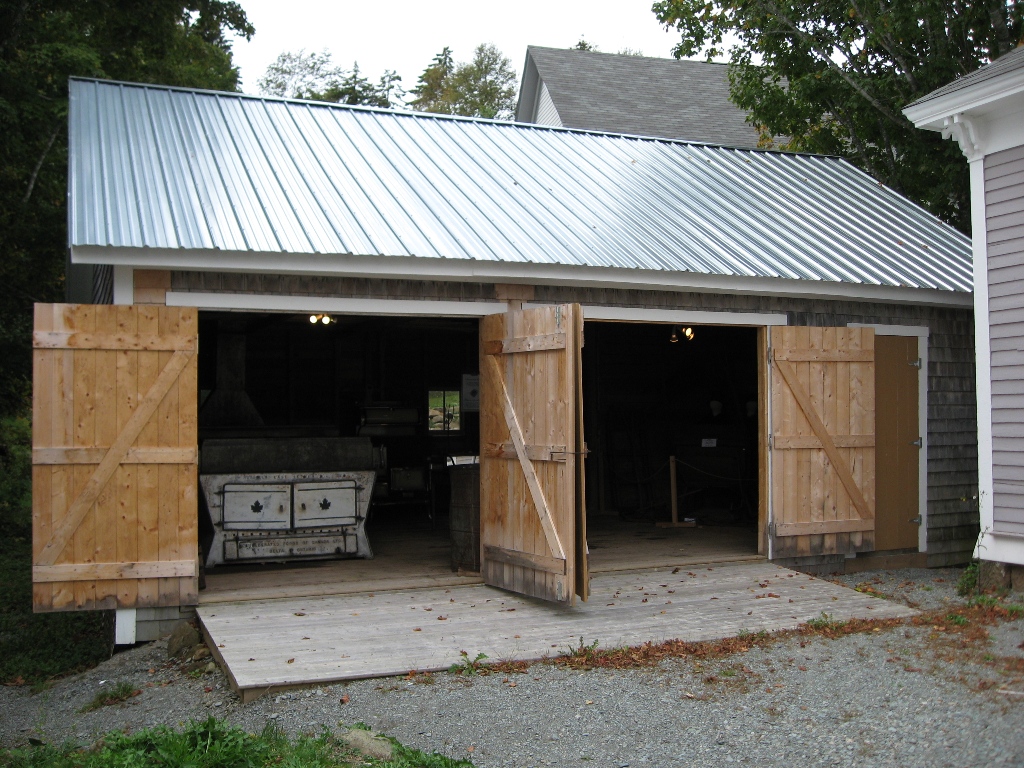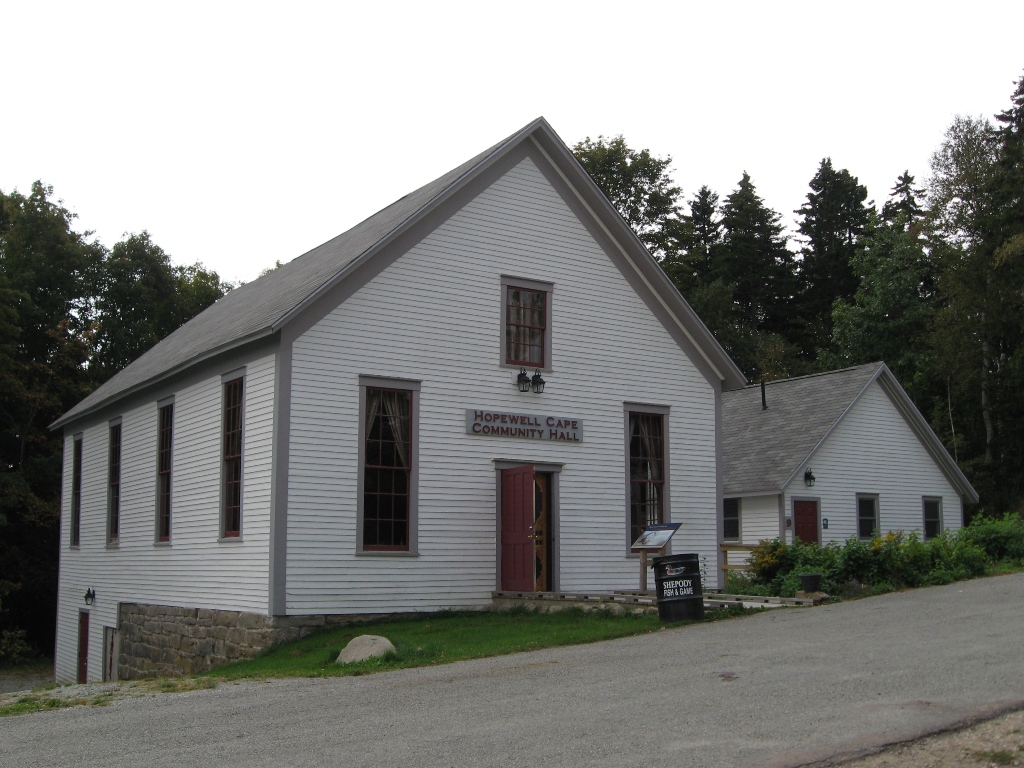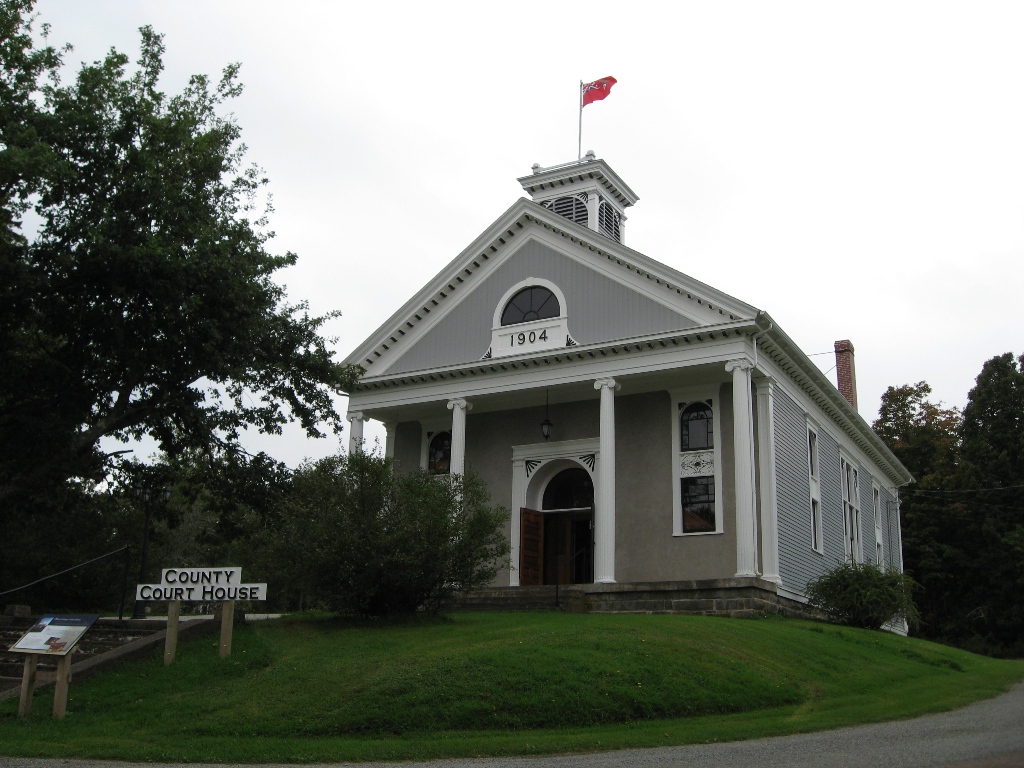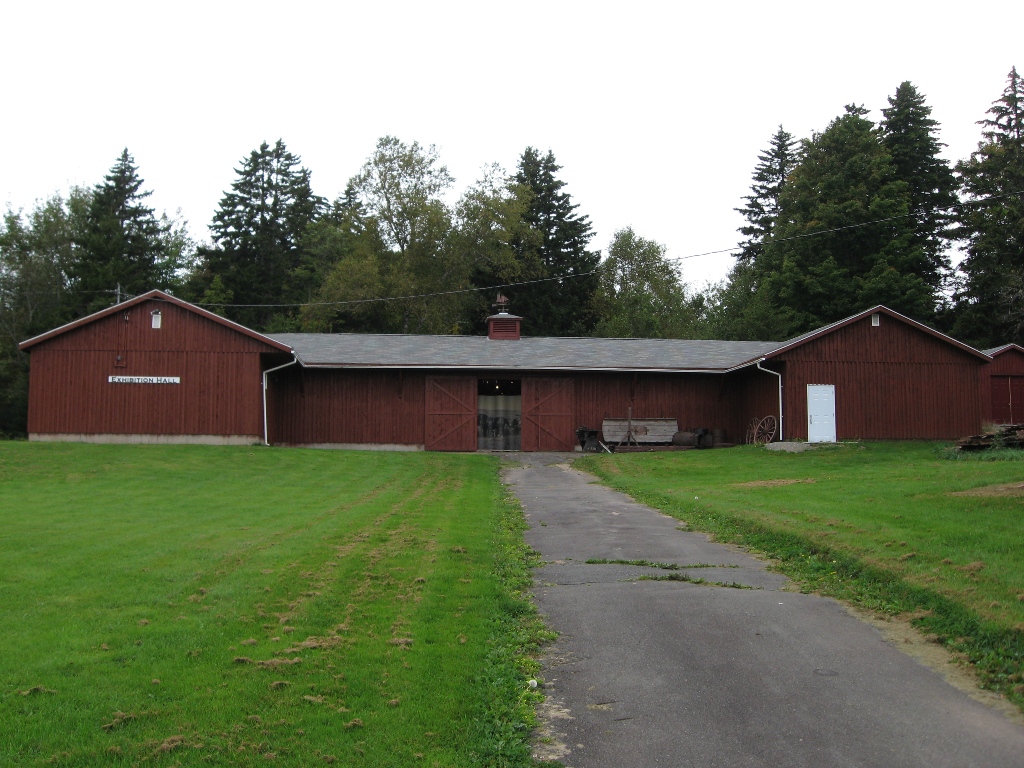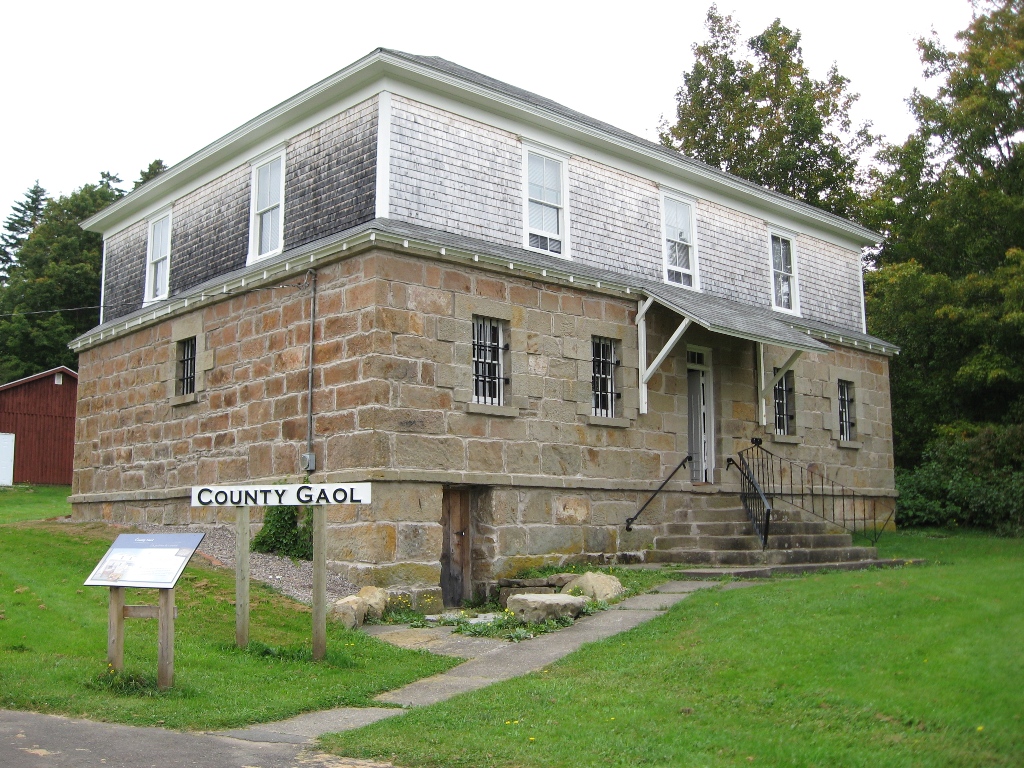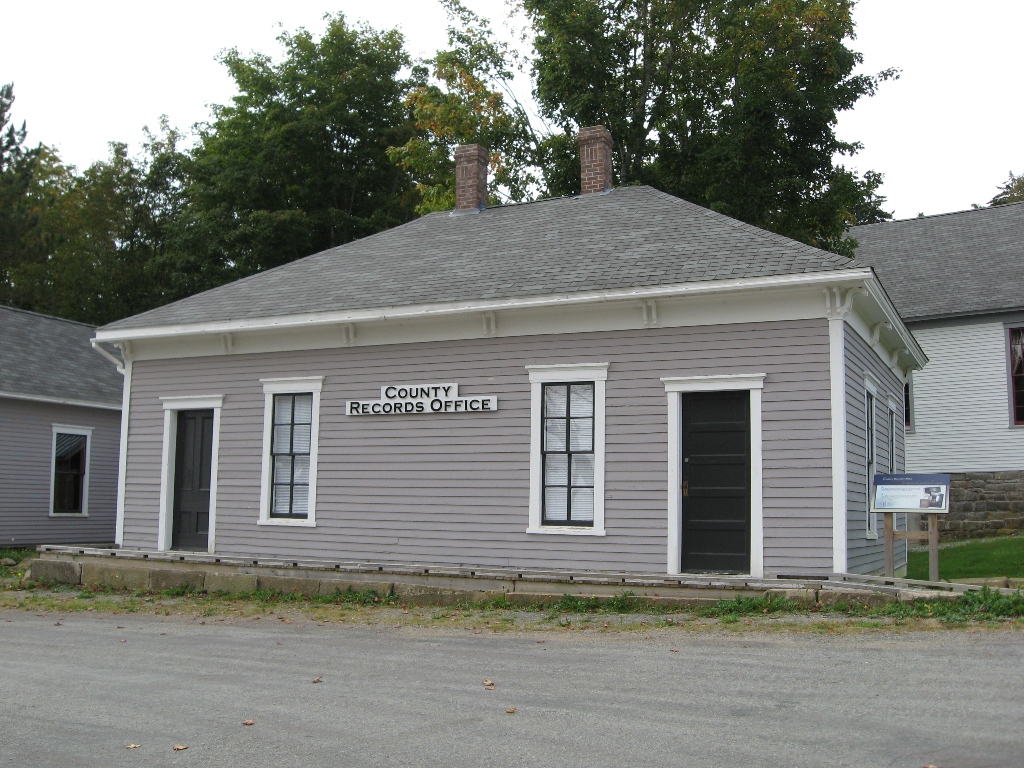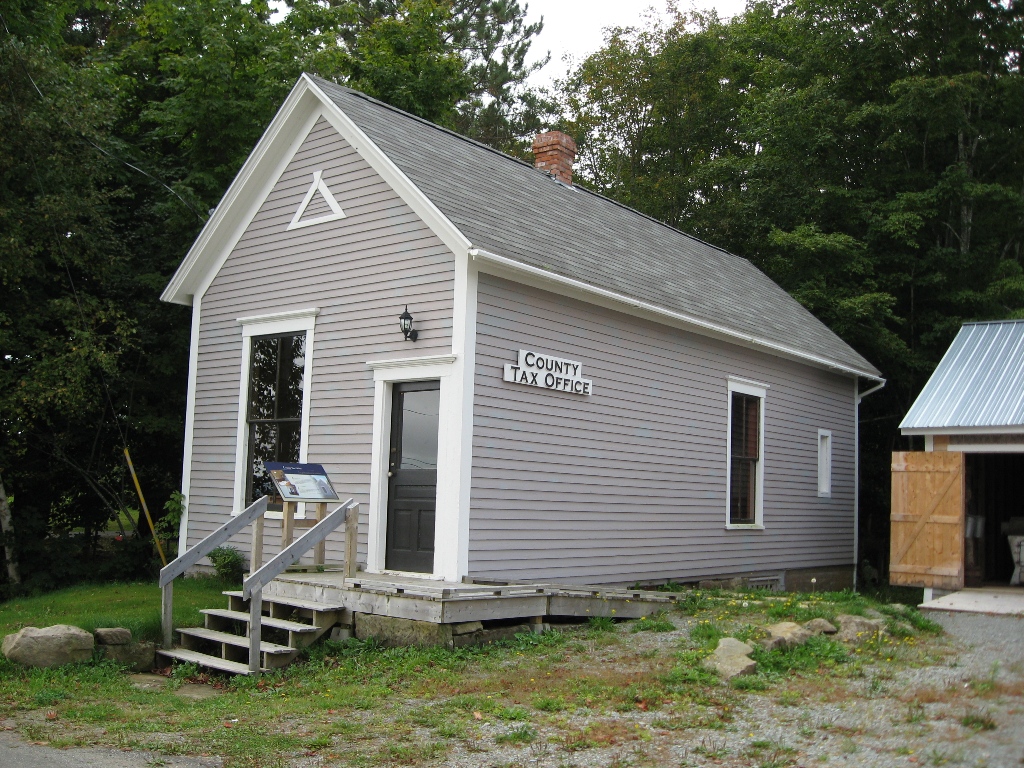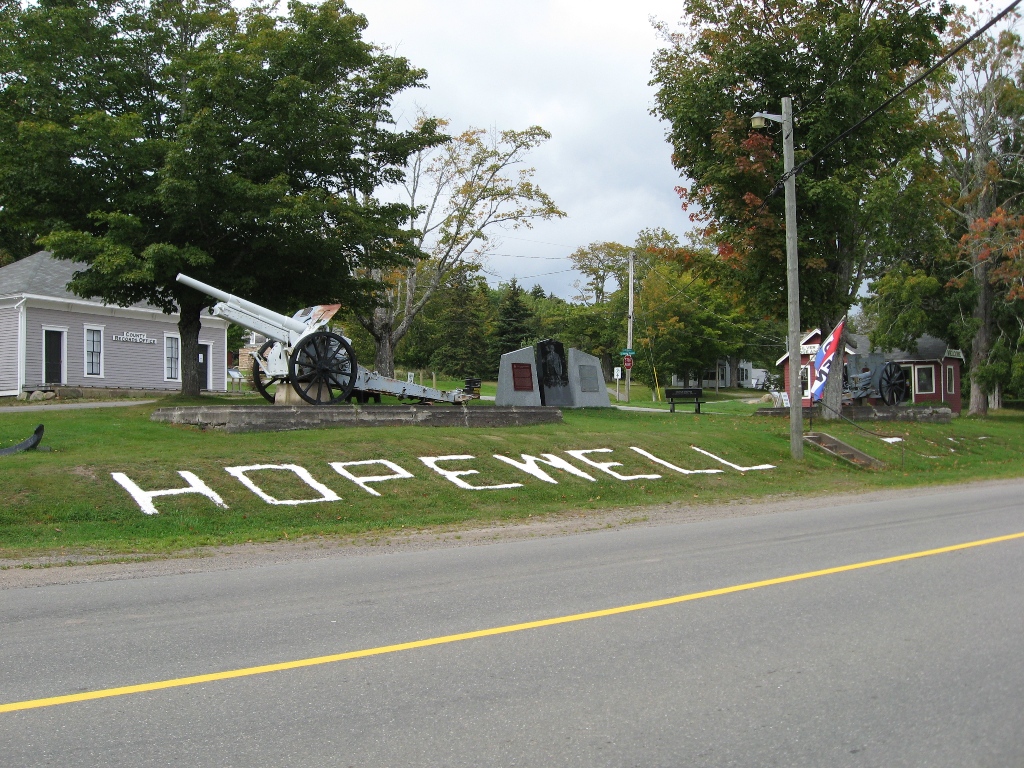Richard Bedford Bennett, 1st Viscount Bennett, PC KC (3 July 1870 – 26 June 1947) was a Canadian lawyer, businessman, politician, and philanthropist. He served as the 11th Prime Minister of Canada from 7 August 1930, to 23 October 1935, during the worst of the Great Depression years. Following his defeat as prime minister, Bennett moved to England, and was elevated to the peerage as Viscount Bennett.
Myrtle 'Molly' Kool (February 23, 1916 – February 25, 2009) was a Canadian-born American sea captain. She is recognized as being North America's first registered female sea captain or ship master.
William Henry Steeves (May 20, 1814 - December 9, 1873) was a merchant, lumberman, politician and Father of Canadian Confederation.
Lt Col. Cyrus Peck - VC, DSO & Bar (26 April 1871 – 27 September 1956) was a Canadian recipient of the Victoria Cross, the highest award for gallantry in the face of the enemy that can be awarded to British and Commonwealth forces. Peck was one of the seven Canadians to be awarded the Victoria Cross for their actions on one single day, 2 September 1918, for actions across the 30 km long Drocourt-Quéant Line near Arras, France. Peck was also the only VC winner to be a sitting member of Parliment.
John Smith - Founder of Albert County John Smith, 2nd, settled at Shepody, Albert County. He was a member of the New Brunswick Legislature, and Justice of the Peace.
Reid Bros (3) Architects- Were Canadian architects, who founded the California architectural firm, Reid & Reid. Born in Harvey, New Brunswick to William J. Reid and Lucinda Robinson. They were James W. Reid (1851-1943), Merritt J. Reid (1855-1932), and Watson Elkinah Reid (1858-1944) Notable buildings are the Hotel del Coronado, the Riverside-Albert Consolidated School, the Albert County Court House and Victoria Manor (home of Lt. Gov AR McClelan).
Pierre Thibodeau - Born in 1631 in Poitre, France, Pierre Thibodeau lived on a farm as a child. He moved to Acadia as a young man when he was offered a piece of land in a Seigneury. In 1698, at the age of 67, he left Port Royal to found a new settlement at Shepody.
Gaius Samuel Turner (August 12, 1838 – April 25, 1892[1]) was a businessman and political figure in New Brunswick, Canada. He represented Albert County in the Legislative Assembly of New Brunswick from 1879 to 1892 as a Liberal-Conservative. He was born and educated in Albert County, New Brunswick, the son of Isaac Turner and Elizabeth Colpitts. In 1876, he married Lucy E. Stiles. He was a justice of the peace. Turner was a ship builder in Harvey, New Brunswick, and also was a director for the Albert Railway. He was named to the province's Executive Council in 1883 but resigned later that year. He died in office at Fredericton at the age of 53 after a long illness.
Judson Arthur Cleveland was possibly the most outstanding citizen of Alma for his role in holding the community in place as his saw mill ran despite tiresome bad economic times, providing livelihoods so that families might remain. He was a long-standing champion of Community on the County Council as a warden and councilor. Judson Arthur Cleveland, son of David Cleveland and Mary (Martin), was born 25 Nov. 1867. He married Ella Jane Keirstead Sept. 19, 1900. Judson died 6 Nov. 1951.
Mary Majka - Born in Poland in 1925 (d.2014) to a Czechoslovakian countess and a Polish school principal, It was in New Brunswick that she would finally feel at home and it was there that Mary would begin her life’s work, saving wildlife environments, preserving historic sites, and educating Canadians about the natural world.
Abner Reid McClelan (January 4, 1831 – January 30, 1917) was a Canadian senator and the tenth Lieutenant Governor of New Brunswick.Born in Riverside-Albert, New Brunswick, the son of Peter McClelan and Lucy (Robinson) McLelan, he was educated at Mount Allison Wesleyan Academy in Sackville, (now Mount Allison University). He was elected to the Legislative Assembly of New Brunswick in 1854 and served until confederation in 1867 when he was called to theSenate of Canada for the senatorial division of New Brunswick. A Liberal, he resigned in 1896 when he was appointed Lieutenant Governor of New Brunswick. He served until 1902. McClelan died in Moncton, New Brunswick in 1917.
William Andrew Cecil Bennett PC OC (September 6, 1900 – February 23, 1979) was the 25th Premier of the Canadian province of British Columbia. With just over 20 years in office, Bennett was and remains the longest-serving premier in British Columbia history. He was usually referred to as W.A.C. Bennett, although some referred to him either affectionately or mockingly as "Wacky" Bennett.
William James Lewis (September 23, 1830 – June 22, 1910) was a physician and political figure in New Brunswick, Canada. He represented Albert County in the Legislative Assembly of New Brunswick from 1879 to 1896 and Albert in the Canadian House of Commons from 1896 to 1904 as an Independent and then Liberal member.
Charles Joseph Osman (April 15, 1851 – 1922) was a businessman and political figure in New Brunswick, Canada. He represented Albert County in the Legislative Assembly of New Brunswick from 1897 to 1908 as aLiberal member. He was born in England, was educated in Hertfordshire and later emigrated to New Brunswick. Osman married Laura E. Tomkins. He was the manager of a plaster mill and quarries at Hillsborough. He was first elected in an 1897 by-election held after William James Lewis was elected to the Canadian House of Commons. Osman served as speaker from 1907 to 1908.
Sir George Robert Parkin - Organizing Secretary for Rhodes Scholarship. Born at Parkindale near Salisbury, New Brunswick, he was a graduate from the University of New Brunswick. From 1867 to 1871, he taught at the Bathurst Grammar School. From 1872 to 1889, he was the headmaster of the Fredericton Collegiate School, where the poets Charles G.D. Roberts, Bliss Carman, and Francis Shermancame under his influence. He attended the University of Oxford in 1873–1874. From 1895 to 1902, he was the headmaster of Upper Canada College. He was the organizing secretary of the Rhodes Trust (1902–1922) and the Toronto Round Table Group (1910–1922). Lord Milner was an ardent admirer of Parkin's imperial ideas. He was the author of Imperial Federation: The Problem of National Unity (1892) and a school textbook, Round the Empire. He was appointed Companion of the Order of St Michael and St George in 1898 and Knight Commander of the Order of St Michael and St George (KCMG) in the 1920 New Year Honours for his work with the Rhodes Trust. His daughter Alice married Canadian businessman and diplomat Vincent Massey, who would become governor general of Canada shortly after Alice's death in 1950.He was the maternal grandfather of the philosopher George Grant.
Harold A. Terris Spitfire pilot ww2/MLA was a military pilot, civil servant, and politician in the Province of New Brunswick, Canada. During World War II, Harold Terris served overseas as a Spitfire pilot with the Royal Canadian Air Force. After the War, he worked as a civil servant for the province of New Brunswick. In 1987 he was the successfulLiberal Party candidate for the riding of Albert, defeating incumbent Malcolm MacLeod. Terris chose not to seek reelection in 1991.
Malcolm Noble "Mac" MacLeod (born 8 February 1928) was a Canadian politician. Born in Moncton, he served as a longtime member of the Legislative Assembly of New Brunswick representing the electoral district of Albert from 1970 to his defeat in 1987 when his Progressive Conservatives lost every seat in the legislature. He was the second longest serving Minister of Agriculture in New Brunswick, serving as Minister of Agriculture and Rural Development from 1974 to 1985. He served as Minister of Natural Resources and Energyfrom 1985 until the defeat of his government in 1987. Following the election he served as interim leader of the PC Party until the election of Barbara Baird in 1989.
Judge Albert Watson Bennett was born in Hopewell Cape in 1864.He attended school there and went on to study law in Dorchester. He was admitted to the bar of New Brunswick in 1885 and practiced in the town of Sackville. Several years later he was appointed to the County Court of Westmorland and Kent. Throughout his career he saw many different life situations and witnessed the inequality of health services. When he retired in 1945 he began to seriously consider the state of healthcare in this region. He decided to make a difference by contributing towards creating equally accessible medical treatment for every one. He did this through making a large bequest to the Albert County Hospital. Upon his death in 1963, his estate went to his wife and it was not until she passed away in 1973 that the contribution was bequeathed to the hospital in the amount of $232,000. The following year the fund had accumulated to $359,286.63 with interest. Many improvements, equipment purchases, scholarships and educational opportunities have been made in the spirit of Judge Albert Bennett's vision of improved and quality healthcare for the residents of Albert County through the Bennett and Albert County Health Care Foundation Inc. (formerly the Bennett and Albert County Hospital Foundation).
Alexander Rogers (February 12, 1842 – July 2, 1933) was a merchant and political figure in New Brunswick, Canada. He represented Albert County in the Legislative Assembly of New Brunswick from 1875 to 1878 and Albert in the Canadian House of Commons from 1878 to 1882 as a Liberal member. He was born in Hopewell Hill, New Brunswick, the son of William Rogers and Eliza Loughead, and was educated at Mount Allison College. In 1866, Rogers married Bessie Moore. His election to the provincial assembly was appealed twice but Rogers won the by-elections which followed each time. He died at Hopewell Hill at the age of 91.
John Wallace (November 18, 1812 – January 1, 1896) was a New Brunswick farmer and political figure. He represented Albert in the Canadian House of Commons as a Liberal member from 1867 to 1878 and then from 1883 to 1887 as a Liberal and then as a Liberal-Conservative. He was born in Hillsborough, New Brunswick in 1812, the son of James Wallace and Catherine Copp, and grew up there. His grandparents had come to New Brunswick from Donegal in northern Ireland. Wallace was president of the Albert Agricultural Society and also a justice of the peace. Besides operating a large farm, he also owned a sawmill and was a director of the Albert Southern Railway. Wallace was originally a Liberal. After his election in 1882 was appealed, he was elected again in an 1883 by-election after running as a Liberal-Conservative.He was married three times: to Eleanor Russell in 1846, to Cynthia Foss in 1859 and to Charlotte Stackford in 1872.
Harry Orliff Downey (May 9, 1897 – April 17, 1974) was a fox rancher and political figure in the Province of New Brunswick, Canada. He represented Albert in the Legislative Assembly of New Brunswick from 1931 to 1952 as a Liberal member. He was born in Curryville, New Brunswick, the son of Oscar E. Downey and Rose E. Matthews. Downey was speaker for the provincial assembly from 1944 to 1952.
Claude D. Taylor (September 13, 1911 – 1970) was a real estate agent and political figure in New Brunswick. He represented Albert in the Legislative Assembly of New Brunswick from 1952 until his death in 1970 as a Progressive Conservative member. He was born in Edgetts Landing, Albert County, New Brunswick, the son of Douglas Taylor and Bernice Steeves, and was educated at the provincial normal school in Fredericton and at Mount Allison University. In 1938, he married Winnifred Way. Taylor served in the province's Executive Council as Minister of Education and Municipal Affairs from 1952 to 1954 and Minister of Education from 1954 to 1960. Taylor was also a public school teacher for 13 years. Claude D. Taylor School (an elementary school in Riverview, New Brunswick) is named in his honour.
Heinrich Stief (son of Augustin Stief and Anna Barbara Worner) was born 12 Dec., 1718 in Sirchingen, Wurttemberg, and died between 1778 and 1780 in Hillsborough, Albert Co., New Brunswick. He married Regina Stahleker Feb 25, 1745 in Münsingen, Wurttemberg. The couple are the progenitors of upwards of 250,000 descendants around the world.
Fred Colpitts (1887-1963) a keenly community minded citizen, spearheaded the breeding of Black, Silver and Platinum foxes in North America. Born in 1887 at Little River, Fred Colpitts spent only a few years at the small country school, then moved to Salsibury. In 1913 he bought three Black foxes and from this small beginning he developed the largest ranch in the British Empire.Through selection and inbreeding, Fred developed the Platinum fox. This breed gained world recognition and attracted visitors from many countries. His Platinum foxes received top sales figures in Montreal, New York and London. One matched pair sold for $5,000.00, winning the highest awards at many major shows across Canada. In 1927 he bought an Alberta dairy farm and moved the registered Holstein herd East. The herd still continues today as the "Little River Holsteins". He was also a founding member of the New Brunswick Branch Holstein-Friesian Association.Colpitts was also a well known lumberman, and during World War II he employed hundreds of men in cutting pitprops for the British Ministry of Supply. Colpitts represented his county as a member of the Legislative Assembly of New Brunswick from 1930 to 1939. Colpitts was also instrumental in having Fundy National Park located in Albert County.






